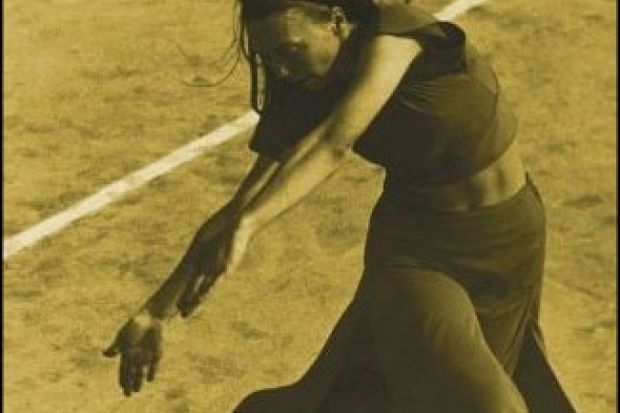The "making of American dance" bit of the title likely brings to mind a certain Martha, and indeed the legendary Graham figures significantly in Janet Mansfield Soares' biography. Its subject, however, is the rather less known Martha Hill - educator, administrator and tireless advocate of American modern dance. Hill performed, albeit briefly, with the Martha Graham Dance Company (1929-31). But her contribution to dance lies less in her achievements as a dancer or choreographer than in her knack for facilitating opportunities for dance artists and in her efforts to secure dance as a credible subject within higher education.
Following in the wake of Isadora Duncan and Ruth St Denis, Hill's career traversed the relative marginalisation of dance to its "boom" in the 1970s and 1980s. Born in 1900 in what she described as "an unsympathetic Ohio village", she studied at the Battle Creek Normal School of Physical Education in Michigan, evidence itself of the dearth of dance-specific training. Hill began teaching at Battle Creek in 1921, eventually venturing to New York and joining Graham's company. But dance, although a passion, hardly paid the bills, and increasing teaching commitments led her to forsake performance for pedagogy. Hill subsequently strove to weld university training with professional practice, enabling environments for major new works to be developed.
In 1932, she initiated the summer dance festivals at Bennington College in Vermont, with a faculty composed of luminaries Martha Graham, Doris Humphrey, Charles Weidman and Hanya Holm. A capable, diplomatic organiser, Hill resolved budgetary and bureaucratic blockages while accommodating the needs and not inconsiderable egos of her distinguished faculty, feats she would reproduce with the American Dance Festival at Connecticut College.
She became the first director of dance at Juilliard in 1951, leading its programmes until retiring in 1985. At a time when the ballet versus modern camps were becoming increasingly polarised, she regarded training in both as essential, welcoming top-notch choreographers such as Jose Limon (modern) and Antony Tudor (ballet) among her fold. The development of the Lincoln Centre in the 1960s, however, crystallised factions, prompting fierce manoeuvring among ballet and modern institutions to stake their claims within the high-profile site. Juilliard made it in, but when Lincoln Kirstein (co-founder of New York City Ballet and staunch supporter of the choreographer George Balanchine) succeeded in integrating the School of American Ballet (training ground for New York City Ballet) as an independent unit within Juilliard, the future of Hill's department looked precarious at best.
Kirstein proclaimed himself as the "enemy" of modern dance (with the single exception of Graham) and criticised the calibre of Juilliard's classical grounding. Hill in turn lamented the predominance of the Russian-based training favoured at the School of American Ballet and (bizarrely) held that Balanchine - that most cadent of choreographers - lacked musicality. Hill's department survived the turf war, sharing proximity but little interaction with the School of American Ballet, while training dance artists as diverse and influential as Pina Bausch and Paul Taylor.
Although she championed dance beyond a single style, Hill nevertheless clung to aesthetic ideals formed as far back as her Bennington days. By the mid-1960s, the technical emphasis at Juilliard struck detractors as out of touch with new trends exploring chance, improvisation and everyday movement, while Hill feared dance was becoming merely idiosyncratic, led by "raw, ill mannered" artists.
Notwithstanding its somewhat circumscribed embrace, Hill's career was remarkable. Lauded with awards and honorary degrees, she taught until well into her 80s, her generosity eliciting affection and respect. A former student and colleague of Hill's, Soares is sympathetic yet objective in approach. Her detailed, sensitive biography will appeal to dance historians and anyone intrigued by the intersections among the arts and education.
Martha Hill and the Making of American Dance
By Janet Mansfield Soares
Wesleyan University Press
440pp, £29.95.
ISBN 9780819568991
Published 15 August 2009
Register to continue
Why register?
- Registration is free and only takes a moment
- Once registered, you can read 3 articles a month
- Sign up for our newsletter
Subscribe
Or subscribe for unlimited access to:
- Unlimited access to news, views, insights & reviews
- Digital editions
- Digital access to THE’s university and college rankings analysis
Already registered or a current subscriber? Login
